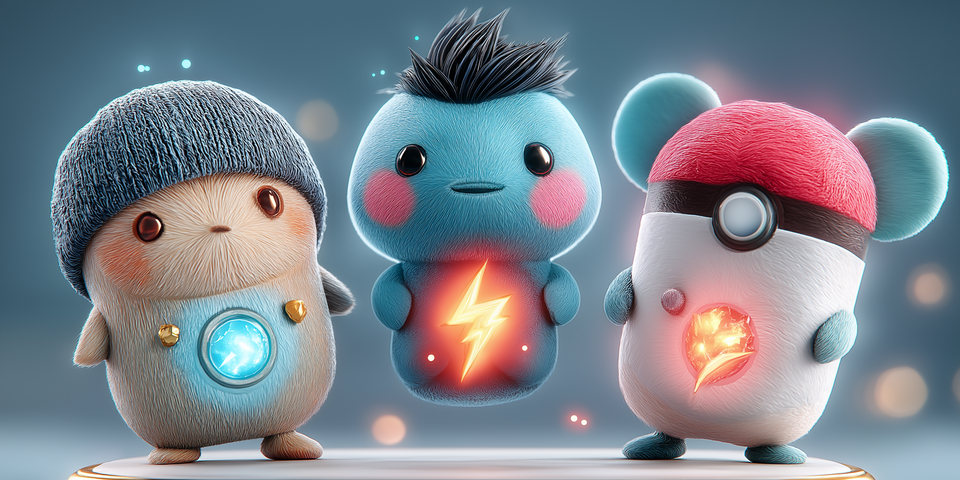Ever heard your kid say something like, “Let’s run co-op tonight,” or “I need someone to co-op this level with me”?
If you nodded politely while silently wondering whether that was gaming slang or a group project… this guide is for you.
Co-op — short for cooperative — is one of the most popular (and misunderstood) ways kids play video games today. It’s not about beating each other. It’s about teaming up.
And it’s teaching kids way more than just how to win a level.
🎮 What Exactly Is Co-Op Mode?
Co-op mode is when two or more players work together toward a common goal — inside the same game.
Sometimes that means:
- Playing side-by-side on the same screen (local co-op)
- Teaming up online from different locations (online co-op)
- Sharing tasks, strategies, or characters to finish a level, beat a boss, or complete a mission
Think of it like a digital version of building a fort together — just with more lava and loot.
👯 Examples of Co-Op Games Kids Love
Co-op shows up in all types of games, from building to battling to exploring.
Some kid favorites:
- Minecraft (Survival Mode): Build shelters, explore caves, survive the night — together.
- Lego Games (Lego Star Wars, Lego Marvel): Solve puzzles and fight side-by-side as your favorite characters.
- Overcooked: A kitchen chaos game that’s secretly a team-building masterclass.
- Fortnite (Duos/Squads): It’s known as a battle game, but most kids play in teams, helping each other win.
Co-op games are often full of problem-solving, strategy, and constant communication.
💬 Why Co-Op Mode Is a Big Deal for Kids
To kids, co-op isn’t just gameplay. It’s social life, teamwork, and bonding — all rolled into one.
Here’s what they get from it:
- Belonging. They’re part of something. A team. A squad. A mission.
- Collaboration. They have to share tasks, support each other, and adapt to challenges together.
- Problem-solving. No one wins solo in co-op — success depends on figuring things out as a group.
- Communication. Players talk constantly: who’s doing what, what the plan is, and when to act.
In short: It’s recess, team sports, and group projects — just with controllers instead of clipboards.
🧠 Grown-Up Tip: Co-Op Is Where the Real Conversations Happen
Want to know who your kid’s friends are? What kind of teammate they are? Listen in while they play co-op.
You’ll learn:
- How they handle stress
- Whether they like to lead or follow
- What makes them laugh, panic, or celebrate
And if they invite you to play co-op? That’s not just a game — it’s an invitation into their world.
💬 Easy Questions to Ask About Co-Op Mode
You don’t need to know the game to start a great conversation. Here’s what to ask:
- “What do you like about playing this one with friends?”
- “What’s your job in the team?”
- “Have you ever had to carry the team?”
- “What happens when someone messes up?”
- “Do you play better when you're teamed up?”
- “How do you all decide what to do next?”
These questions help your kid reflect on how they play — and give you insights into how they think.
🚫 What Not to Say
Avoid minimizing their teamwork by calling it just “screentime” or saying:
- “Why don’t you just play by yourself?”
- “This looks chaotic — how is this helping anything?”
- “You don’t even know those people in real life.”
Remember: co-op is where connection happens — often more meaningfully than it does on the school playground.
💬 Ask:
“If I joined your co-op game, what would you want me to do?”
It’s a question that makes them smile — and makes you part of the team, even just for a minute.
🎯 Final Thought
Co-op mode isn’t just kids zoning out with screens. It’s a place where they lead, follow, help, strategize, and learn how to function as part of something bigger.
Understanding co-op gives you a window into who your kid is — not just as a player, but as a person. And the next time you hear, “We need one more for co-op,” you’ll know exactly why they’re excited.
It’s not just about the game. It’s about the people they play it with — and the person they’re becoming along the way.
